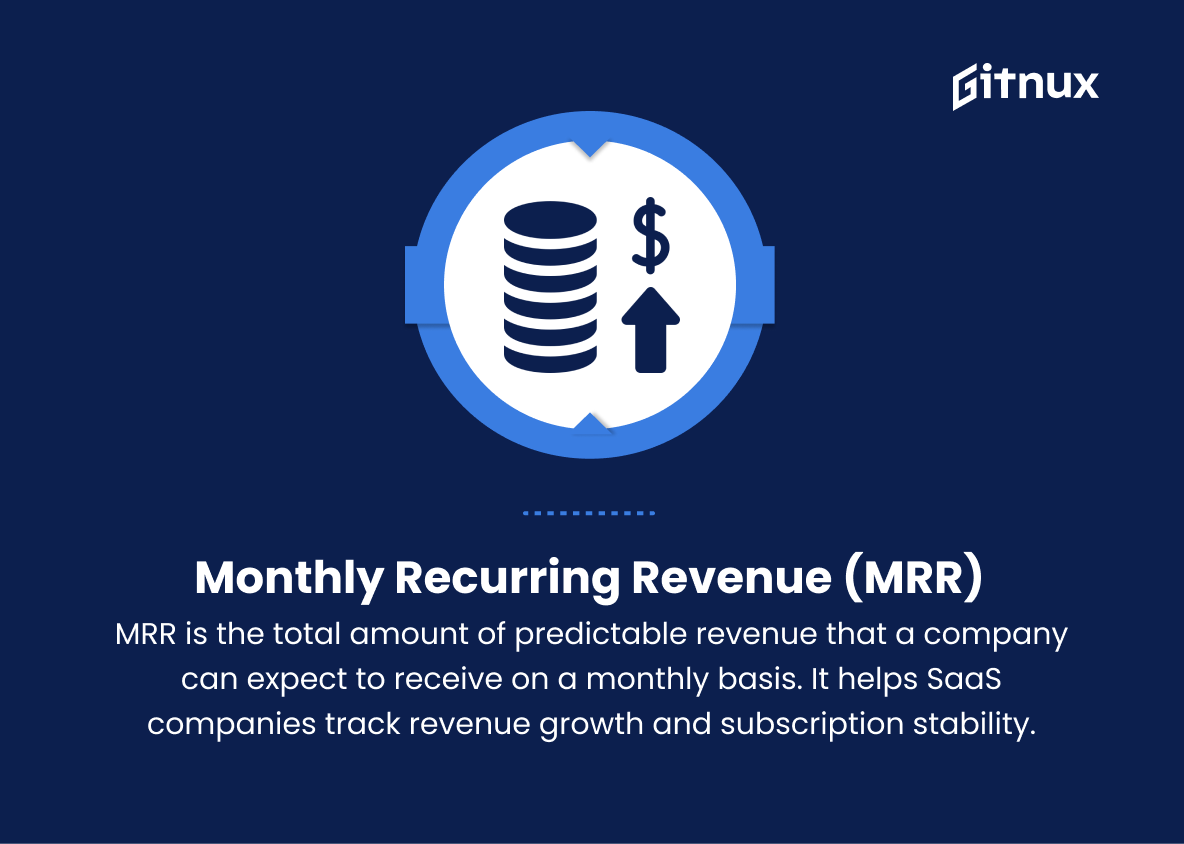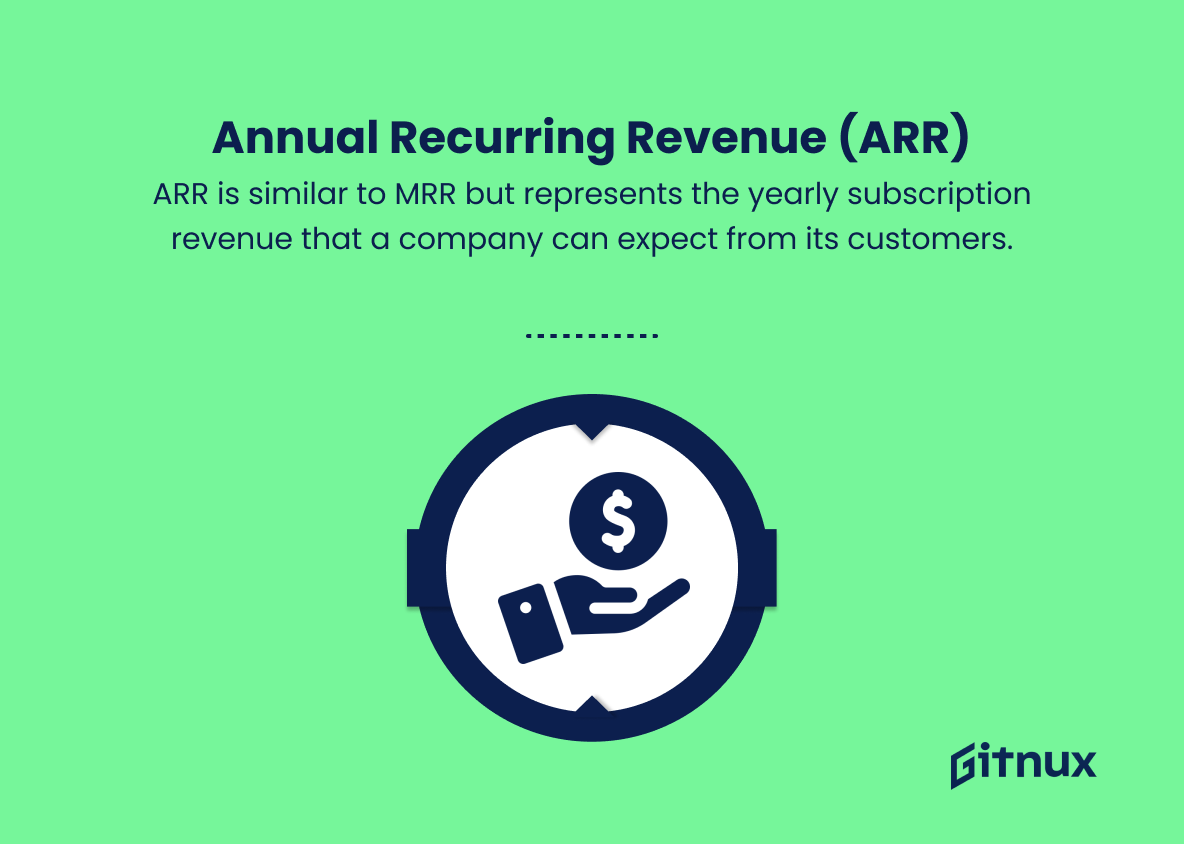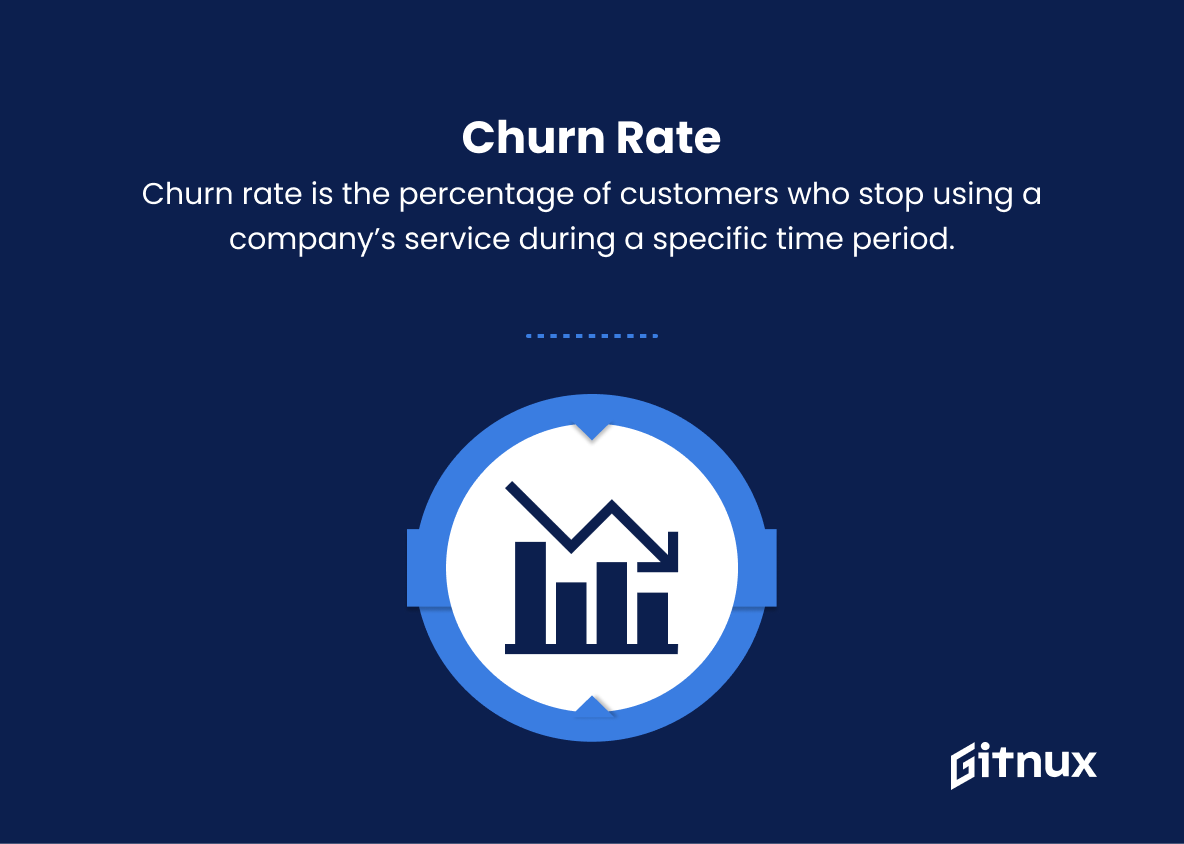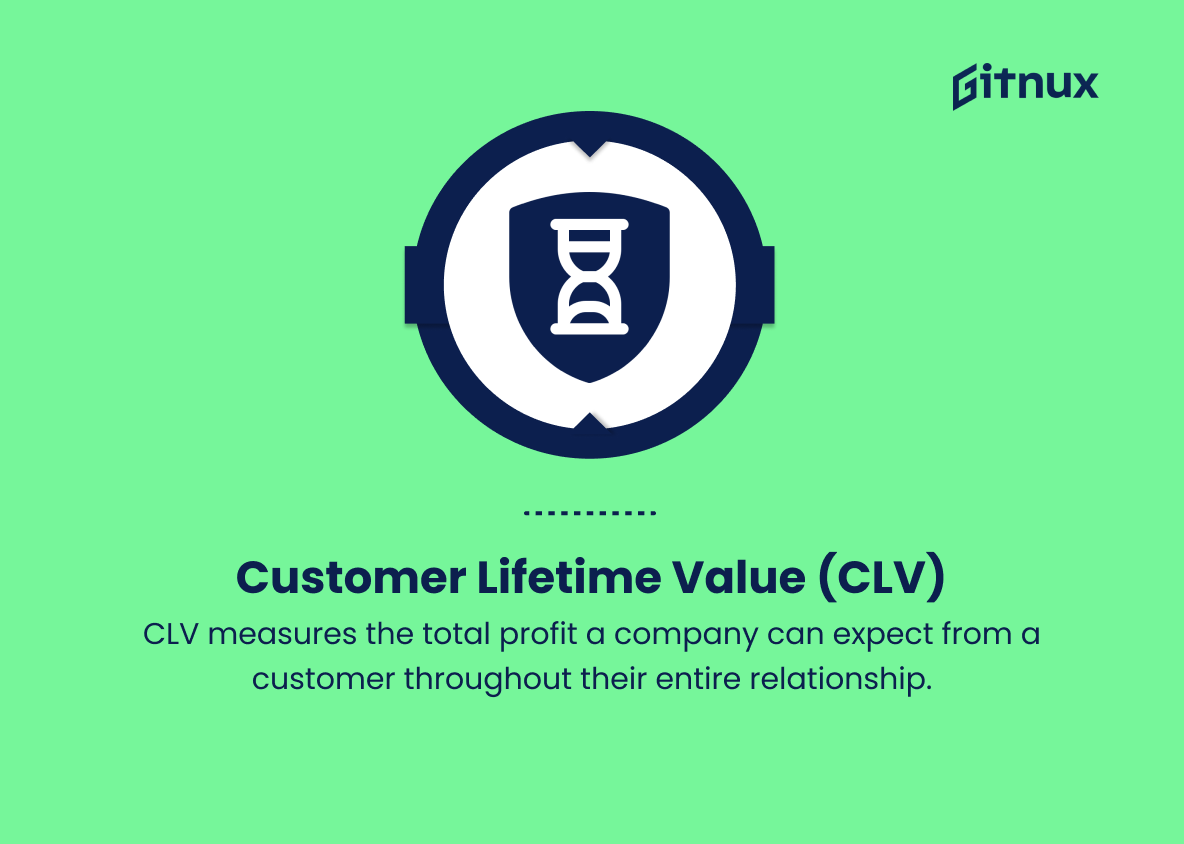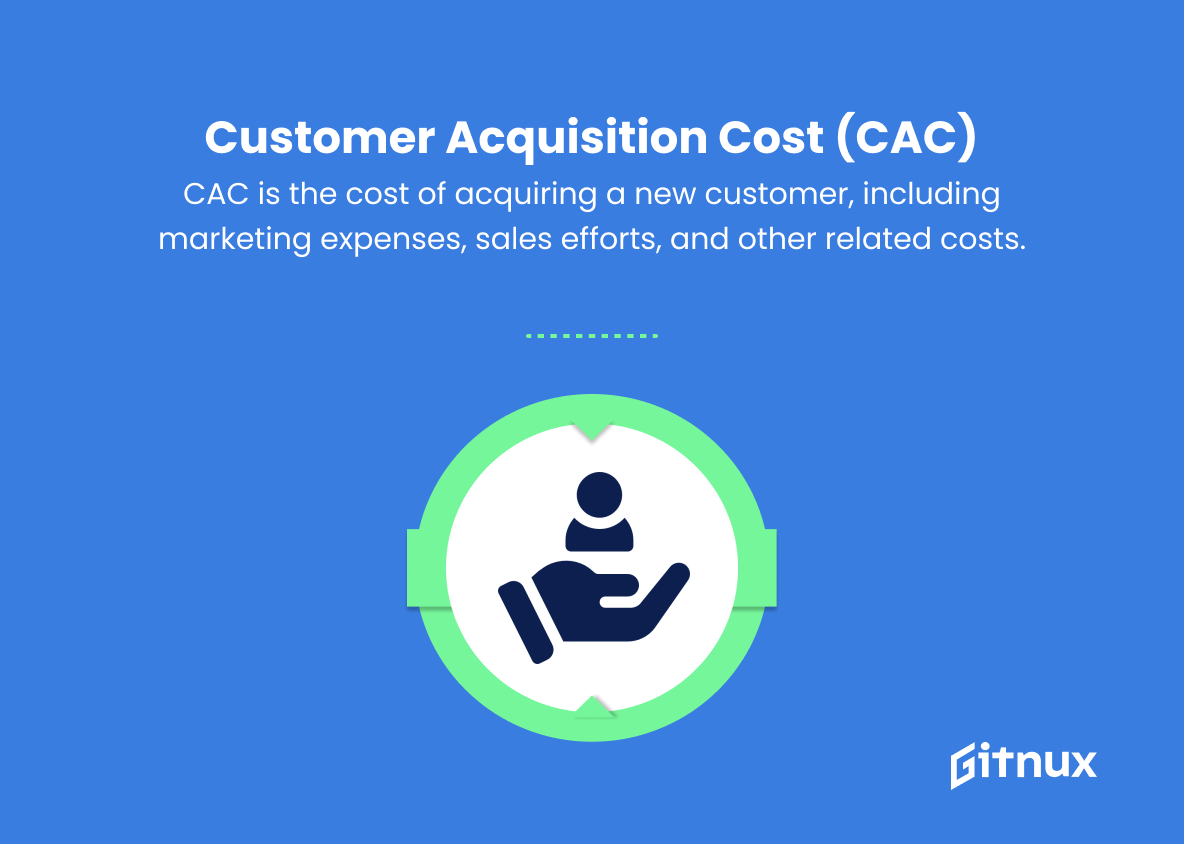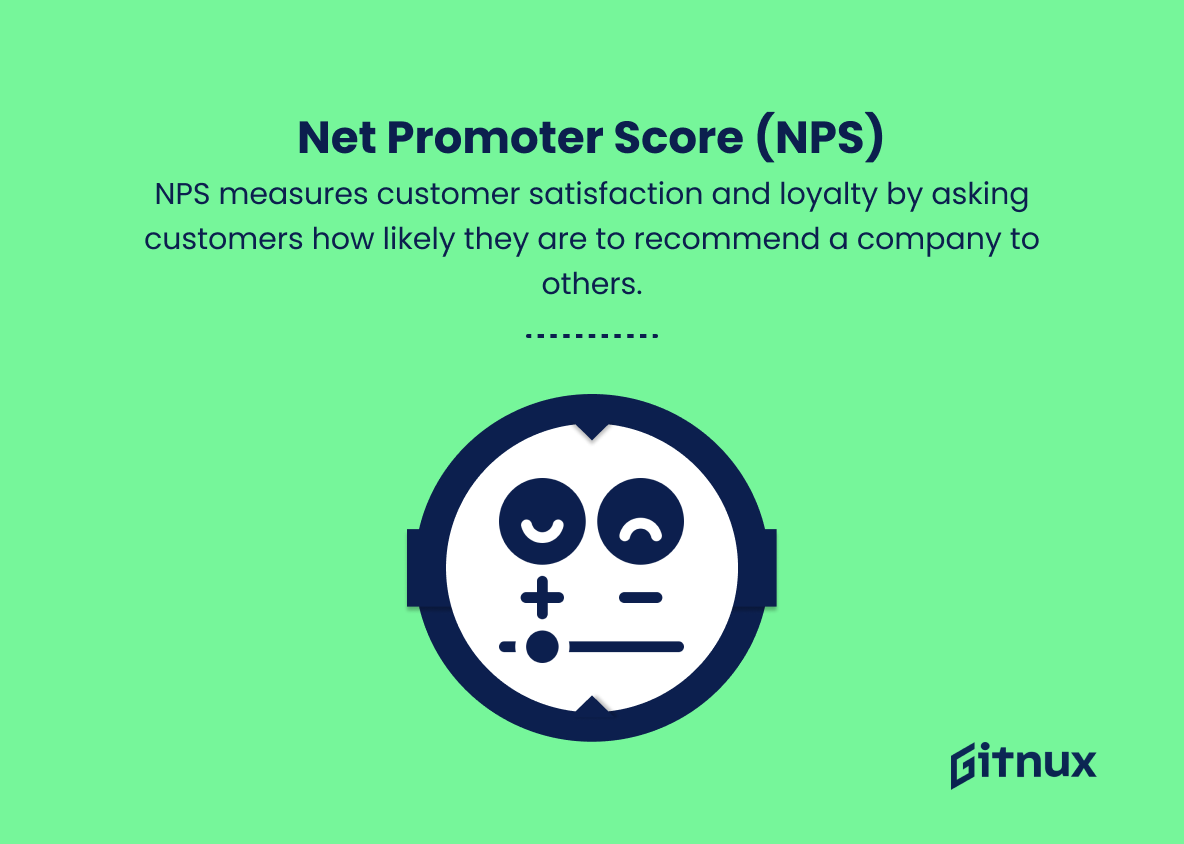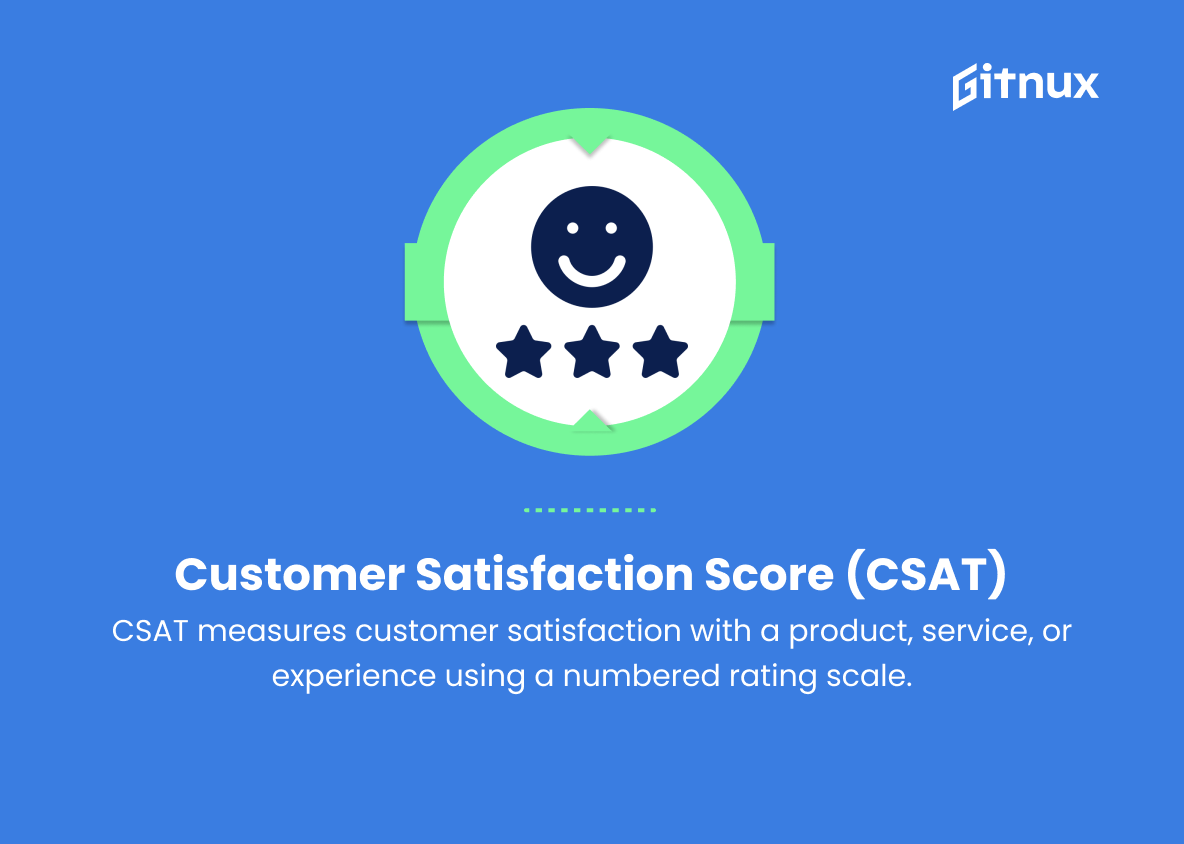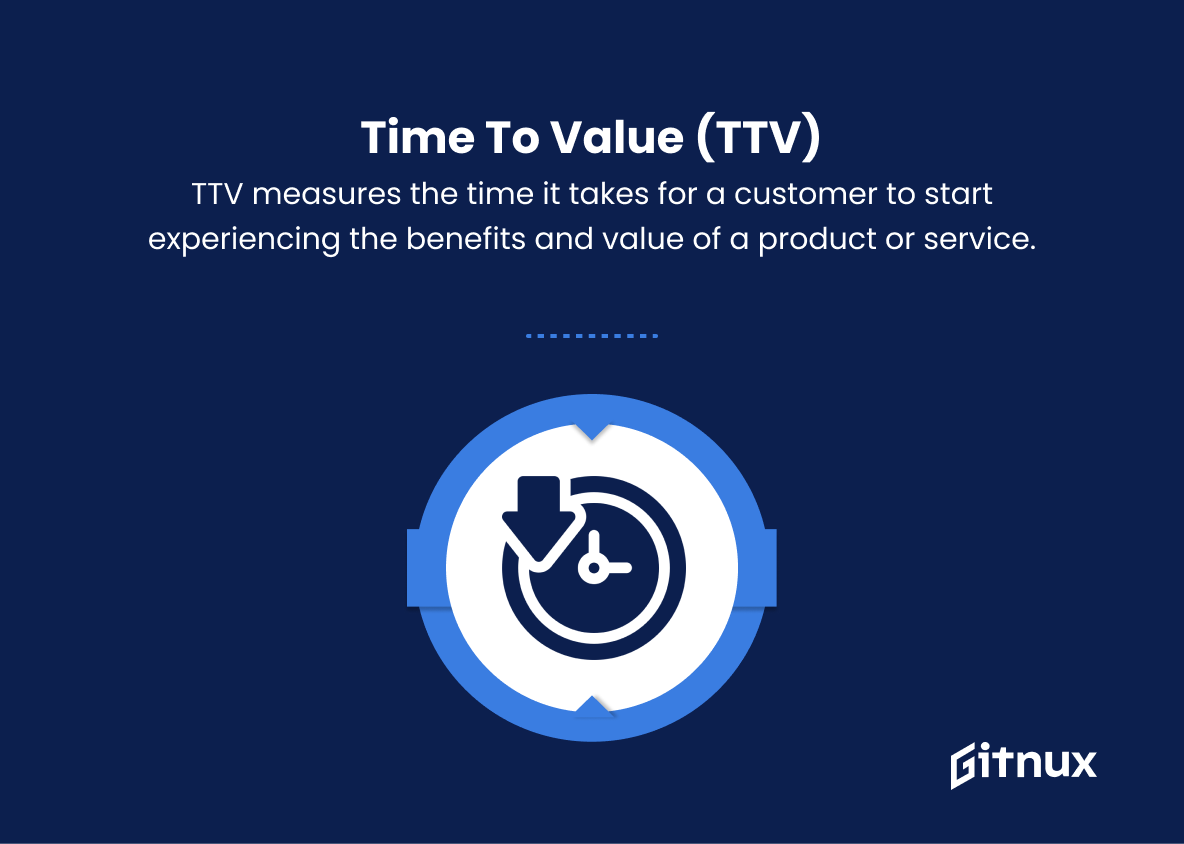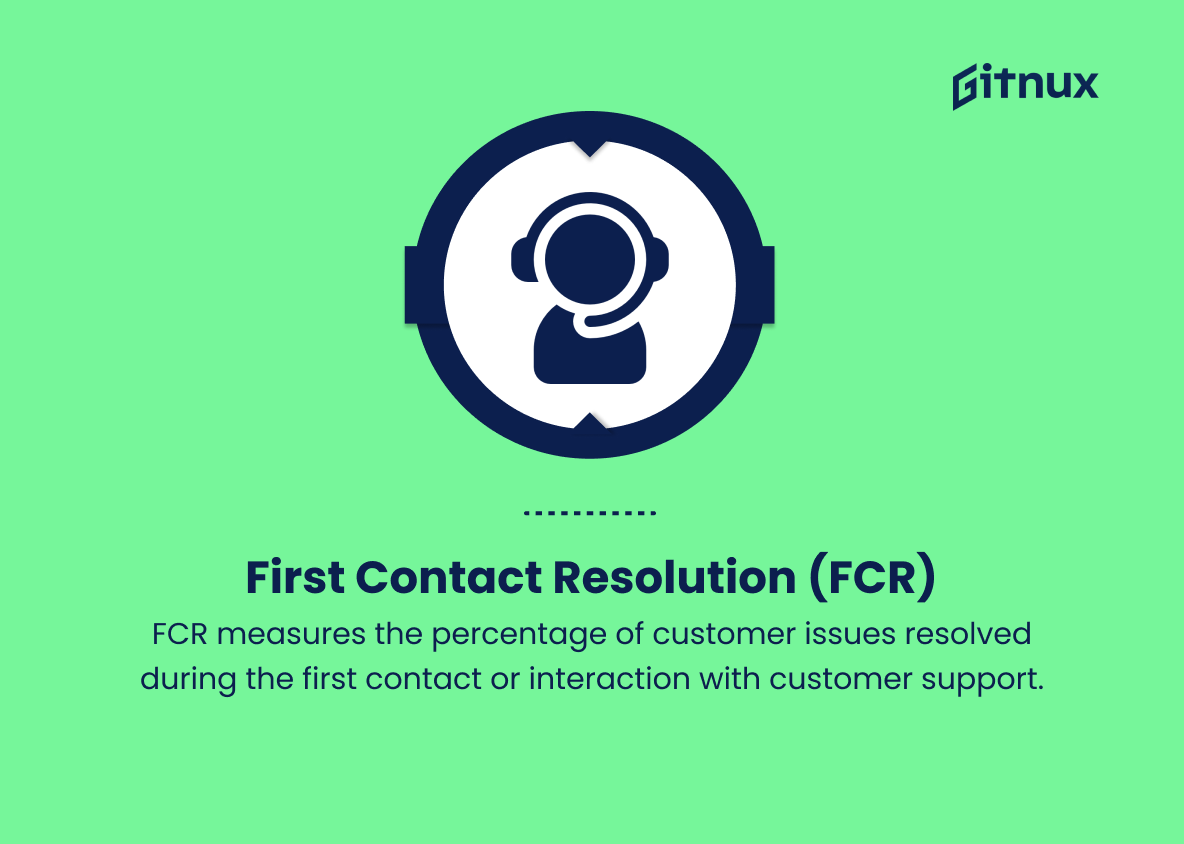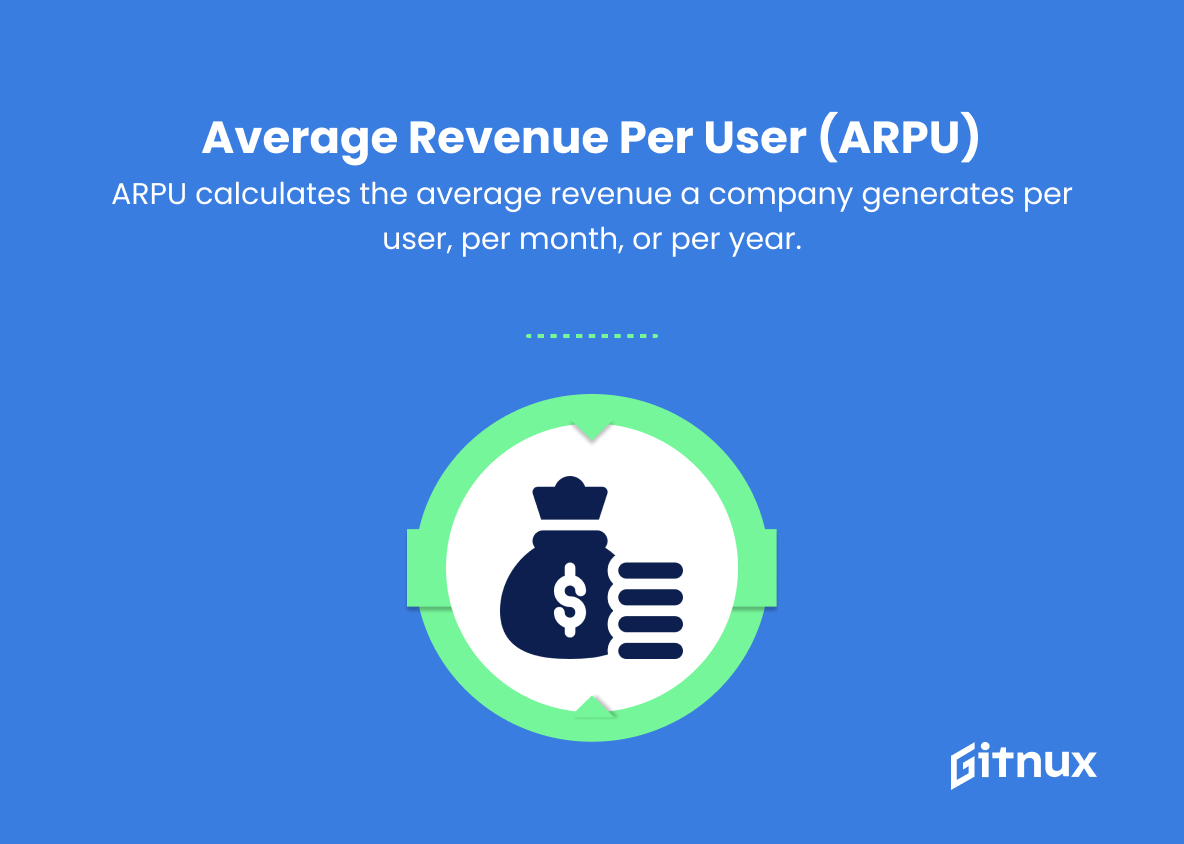In today’s fast-paced and competitive business landscape, a company’s success hinges on its ability to retain customers and deliver exceptional value through its products and services. One vital aspect of this process is ensuring a seamless customer experience, which has led to the emergence of Customer Success as a critical discipline in the Software as a Service (SaaS) industry.
As customer churn and retention rates become key performance indicators for SaaS businesses, it is crucial to effectively measure, analyze, and optimize various Customer Success metrics. In this blog post, we will delve deep into the world of SaaS metrics and uncover the secrets to elevating Customer Success by understanding, prioritizing, and leveraging these data points to drive long-term, sustainable growth.
Customer Success Saas Metrics You Should Know
1. Monthly Recurring Revenue (MRR)
MRR is the total amount of predictable revenue that a company can expect to receive on a monthly basis. It helps SaaS companies track revenue growth and subscription stability.
2. Annual Recurring Revenue (ARR)
ARR is similar to MRR but represents the yearly subscription revenue that a company can expect from its customers. It’s a key metric in understanding a company’s growth and financial health.
3. Customer Retention Rate (CRR)
This metric measures the percentage of customers who continue using a company’s services over a given period. A high CRR indicates satisfied customers and long-term relationships.
4. Churn Rate
Churn rate is the percentage of customers who stop using a company’s service during a specific time period. Lower churn rates indicate successful customer retention, while higher rates signal customer dissatisfaction.
5. Customer Lifetime Value (CLV)
CLV measures the total profit a company can expect from a customer throughout their entire relationship. This helps businesses understand the value of retaining customers and allocating resources effectively.
6. Customer Acquisition Cost (CAC)
CAC is the cost of acquiring a new customer, including marketing expenses, sales efforts, and other related costs. Lower CAC indicates more efficient marketing and sales processes.
7. Expansion MRR
Expansion MRR measures the increase in monthly recurring revenue from upselling and cross-selling to existing customers. This metric helps companies understand the effectiveness of their customer expansion efforts.
8. Net Promoter Score (NPS)
NPS measures customer satisfaction and loyalty by asking customers how likely they are to recommend a company to others. A high NPS indicates a strong customer experience and a loyal customer base.
9. Customer Satisfaction Score (CSAT)
CSAT measures customer satisfaction with a product, service, or experience using a numbered rating scale. This metric provides insight into overall customer happiness with a company’s offerings.
10. Time to Value (TTV)
TTV measures the time it takes for a customer to start experiencing the benefits and value of a product or service. Shorter TTVs indicate that customers are able to adopt and gain value from a company’s offering more quickly.
11. First Contact Resolution (FCR)
FCR measures the percentage of customer issues resolved during the first contact or interaction with customer support. Higher FCR rates indicate effective customer support and increased customer satisfaction.
12. Average Revenue Per User (ARPU)
ARPU calculates the average revenue a company generates per user, per month, or per year. This metric helps understand customer spending patterns and the effectiveness of pricing strategies.
Customer Success Saas Metrics Explained
In the SaaS industry, metrics like Monthly Recurring Revenue (MRR), Annual Recurring Revenue (ARR), and Customer Retention Rate (CRR) are crucial for measuring the company’s financial health and predicting future growth. Churn Rate, Customer Lifetime Value (CLV), and Customer Acquisition Cost (CAC) play significant roles in understanding customer satisfaction, resource allocation, and the efficiency of marketing efforts.
Furthermore, Expansion MRR highlights the effectiveness of upselling and cross-selling strategies, while Net Promoter Score (NPS) and Customer Satisfaction Score (CSAT) provide valuable insights into customer loyalty and happiness. Time to Value (TTV) and First Contact Resolution (FCR) emphasize the importance of swift value delivery and effective customer support, whereas Average Revenue Per User (ARPU) serves as a key indicator of pricing strategy success and customer spending behavior.
Overall, these critical SaaS metrics allow companies to monitor and optimize their performance, ensuring their long-term viability and competitiveness in the market.
Conclusion
In conclusion, Customer Success SaaS Metrics assess efficiency of customer success efforts, crucial for growth of SaaS businesses. Churn rate, customer satisfaction score, net promoter score, and customer lifetime value, among others, provide actionable insights for improving long-term customer relationships. Prioritizing customer success strategies and using metrics drive continuous improvements, ensuring sustained profitability and expansion in a competitive SaaS space.
